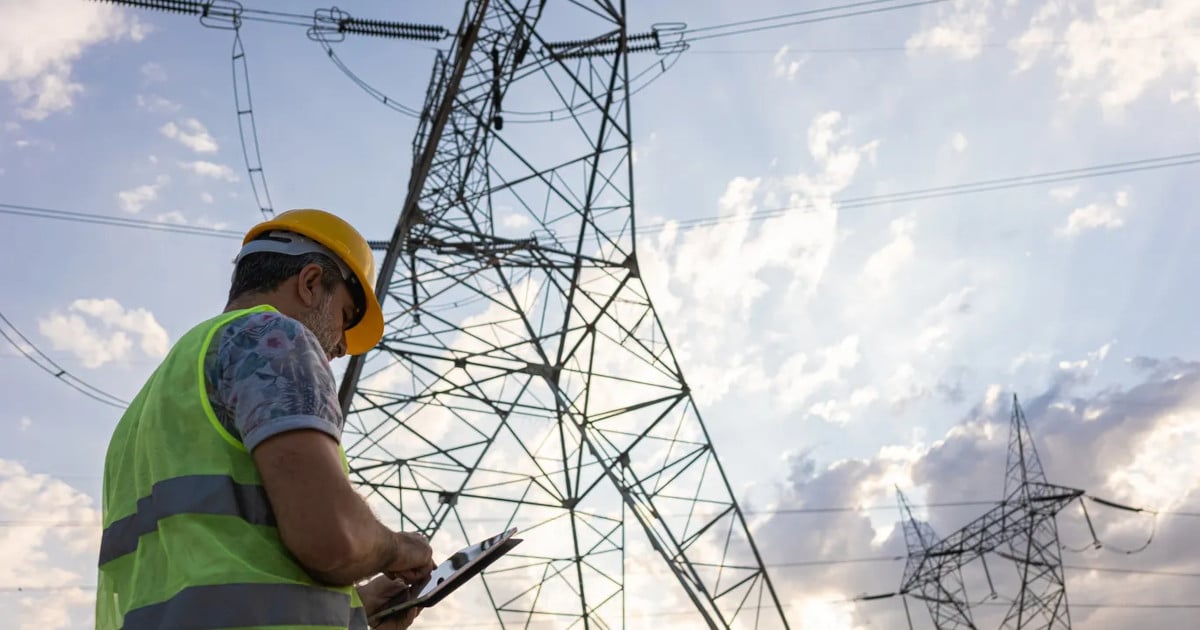The global energy market is experiencing an unprecedented shift toward renewables. From governments to corporate giants, commitments to reduce carbon emissions and boost sustainable energy usage are growing. As a prominent player in this field, NextEra Energy, Inc. (NEE) has emerged as a leader in solar and wind energy. With extensive investment in renewables and innovative approaches to clean energy storage, NextEra appears well-positioned to capture substantial growth within this rapidly expanding sector.
This energy transformation coincides with increasingly supportive government policies and incentives for renewable development, providing tailwinds for companies like NextEra. Through its subsidiary, Florida Power & Light (FPL), and its competitive clean energy arm, NextEra Energy Resources, the company has become a cornerstone in the industry, operating one of the largest renewable energy portfolios in the U.S. and globally.
Recent Developments Strengthening NextEra’s Market Position
In Q3 2024, NextEra Energy demonstrated remarkable growth, adding approximately 3 gigawatts (GW) of new solar, wind, and battery storage projects to its backlog. This expansion brings its four-quarter total to about 11 GW, reinforcing NextEra’s substantial footprint in renewable energy origination. Additionally, the company secured incremental framework agreements with two Fortune 50 companies, enabling the potential development of up to 10.5 GW of renewable projects by 2030.
NextEra’s Q3 2024 earnings reveal that both FPL and NextEra Energy Resources had solid performances, bolstered by smart-grid technology investments that mitigate outage impacts and improve resilience against severe weather events. Despite hurricanes causing widespread damage across Florida, FPL’s extensive grid-hardening measures enabled power restoration to approximately 95% of affected customers within four days of the storms.
Financial Strength and Strategic Investments
Financially, NextEra Energy has shown strong year-over-year growth. In the third quarter, NextEra’s adjusted earnings per share (EPS) increased by around 10% compared to Q3 2023, a reflection of both FPL’s and NextEra Energy Resources’ resilience and growth initiatives. The company’s capital expenditures for FPL alone reached about $2 billion for the quarter, with an annual capex forecast between $8 billion and $8.8 billion. This ongoing investment in renewables and grid modernization aligns with NextEra’s strategy to support increasing energy demand while maintaining low-cost operations for its customers.
NextEra Energy Resources, which manages the company’s renewable projects, continues to drive this growth with an extensive project backlog. For instance, the company now holds over 24 GW in renewables and storage projects, illustrating its commitment to leading the clean energy transition in the U.S.
Market Positioning: NextEra vs. Competitors
NextEra’s dominance in renewables is underscored by its expansive and diversified portfolio, which spans solar, wind, and battery storage technologies. Compared to competitors like Orsted, a European renewables leader focused heavily on offshore wind, or Enphase Energy, Inc. (ENPH), which specializes in solar inverters, NextEra’s integrated approach across multiple renewable assets places it in a unique position. Notably, NextEra’s approach includes both large-scale energy generation and grid resilience, which is evident through FPL’s effective storm preparedness and robust grid infrastructure.
Orsted, while substantial in offshore wind, faces challenges in the U.S. market due to the complexity and cost of offshore projects compared to onshore ones, where NextEra Energy Resources excels. Similarly, Enphase’s focus on residential and commercial solar products limits its ability to capture utility-scale projects, a niche where NextEra has firmly established itself. This multi-faceted model could help NextEra sustain competitive advantages in cost, capacity, and speed-to-market as demand for clean energy grows.
Growth Potential, Valuation, and Risks
The renewable energy sector promises significant long-term growth, with some forecasts projecting a sixfold increase in energy demand growth over the next two decades. NextEra Energy stands to benefit as a major player positioned at this inflection point in the energy market.
However, the stock’s valuation warrants careful consideration. The substantial capital requirements associated with renewable infrastructure investments, such as battery storage and grid upgrades, could expose NextEra to higher debt levels and financing risks. Additionally, future interest rate hikes could impact NextEra’s financing costs, potentially compressing its margins on new projects. Although NextEra’s financial structure remains robust, investors should account for these macroeconomic factors when evaluating potential returns.
Another risk involves regulatory changes. Although federal and state policies currently support renewable energy, shifts in policy could slow the industry’s growth or reduce the favorable financial incentives NextEra relies on. Nevertheless, given the current bipartisan support for renewables, drastic policy shifts seem less likely in the short term.
What Action Should Investors Take?
Given NextEra’s strong fundamentals, leadership in renewable energy, and resilient financial performance, the stock presents a compelling case for investors looking to gain exposure to the green energy sector. For long-term, growth-oriented investors, NextEra Energy could serve as a valuable addition to a diversified portfolio focused on sustainable energy.
As the global energy landscape continues to prioritize renewables, NextEra Energy’s robust portfolio and established infrastructure provide a significant competitive edge. While valuation and macroeconomic risks exist, NextEra’s strategic positioning in a high-growth sector underscores its potential to deliver strong returns as the clean energy transition accelerates. Investors should monitor NextEra’s continued expansion in renewable projects and its response to evolving policy landscapes as indicators of future performance.



